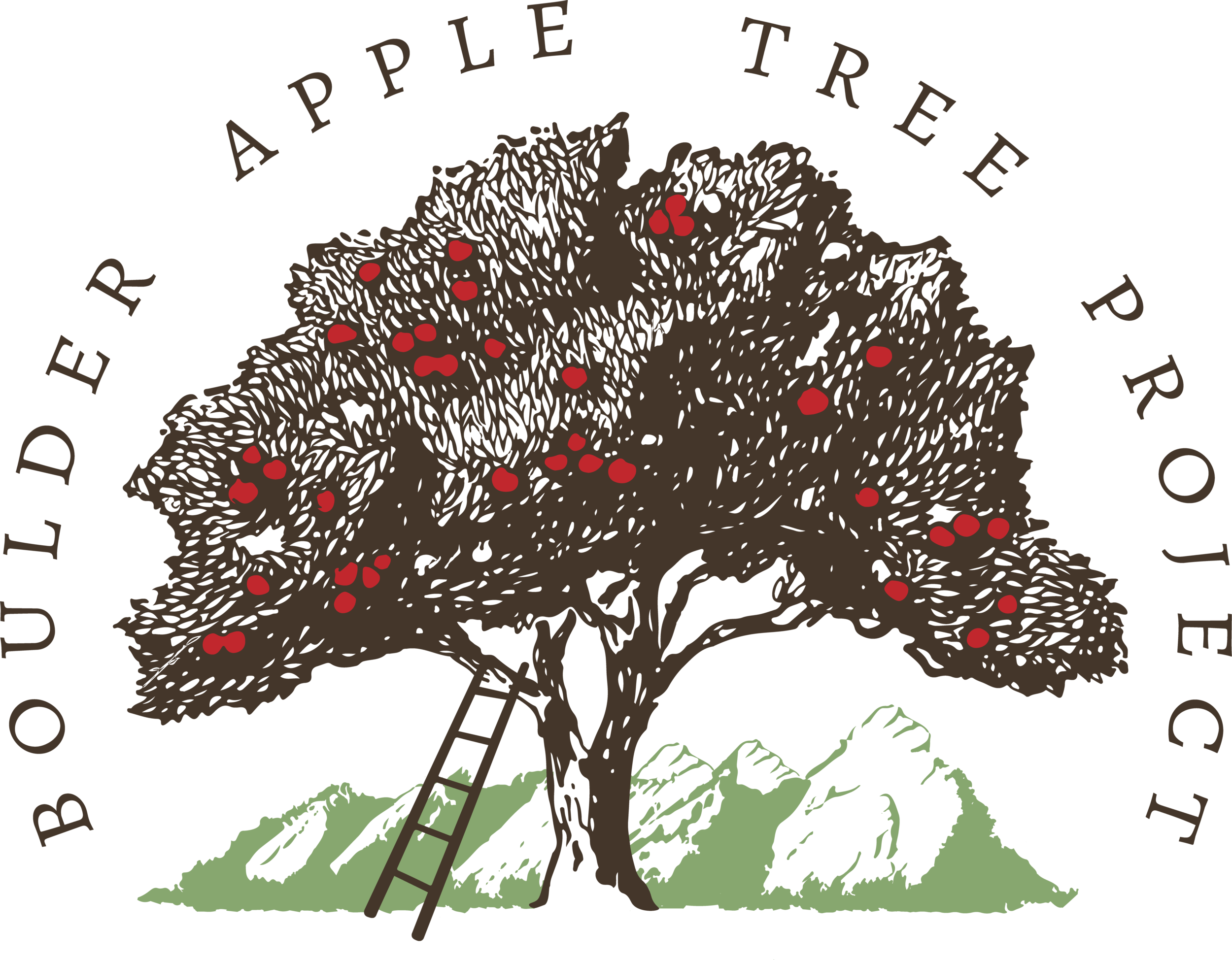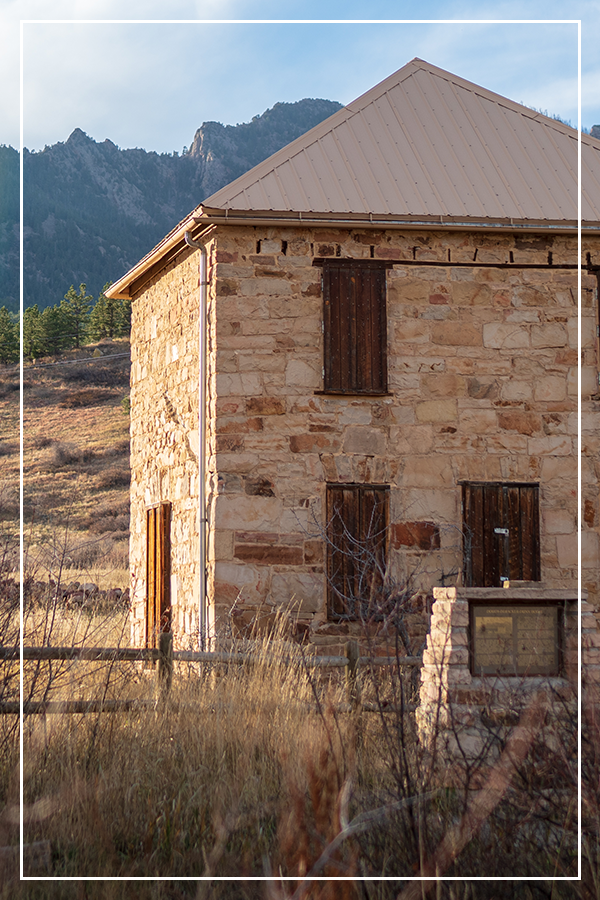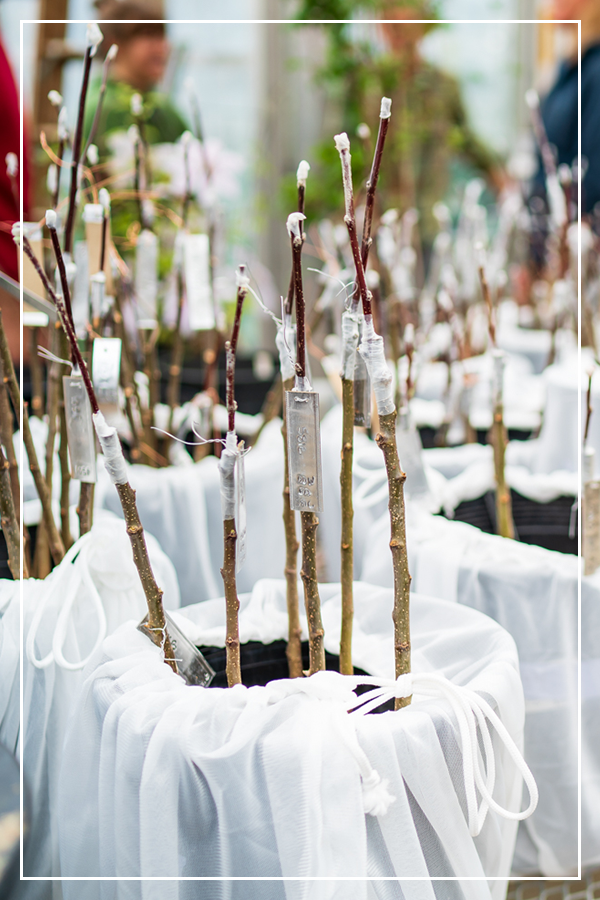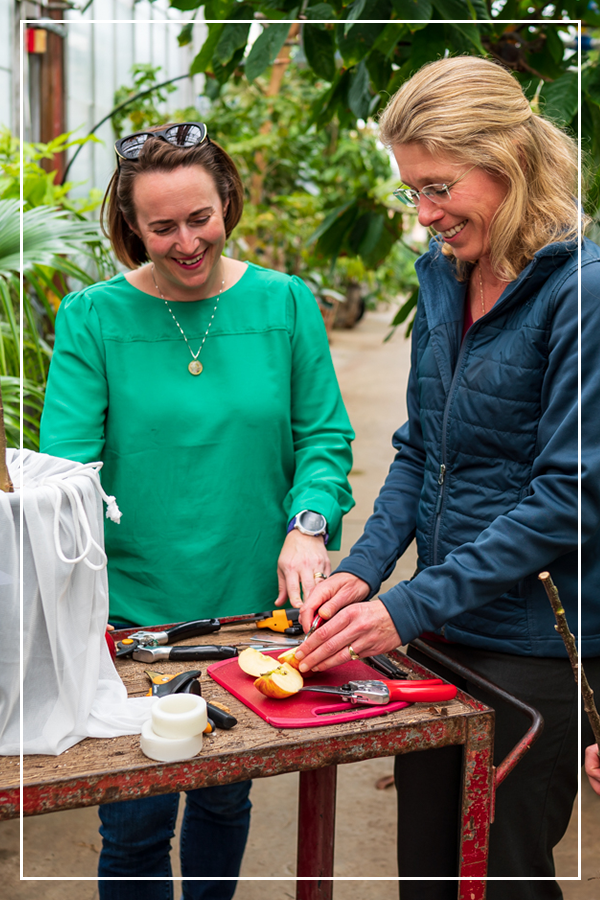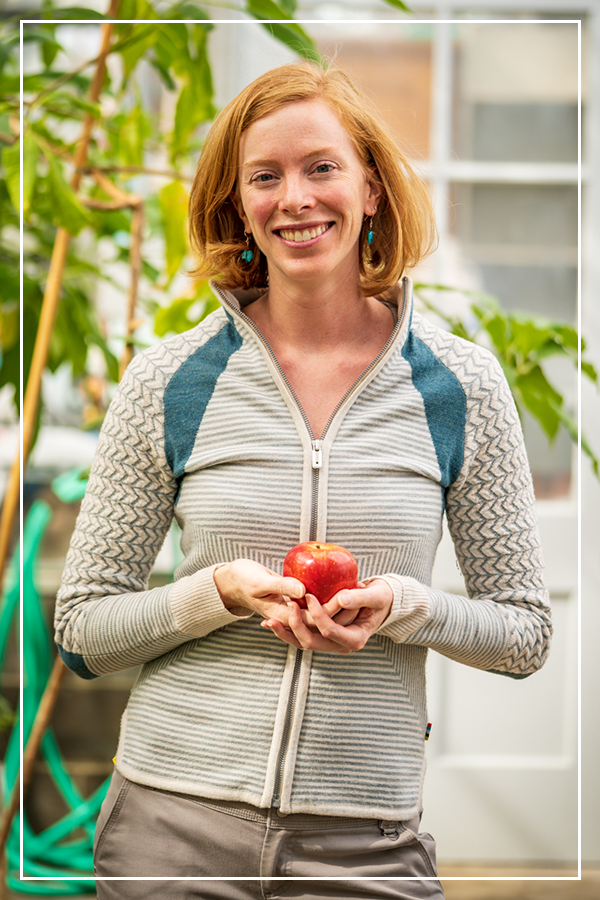
The adventurous tale of a heritage
nearly lost to time
In the mid-1800s, there were thousands of unique varieties of apple trees in the United States, some of the most astounding diversity ever developed in a food crop. The apple industry settled on a handful of varietals, and the rest were largely forgotten. They became commercially extinct but not biologically extinct, due to the abandoned trees remaining in the now-suburban landscape.
This story played out in many places; one of them was Boulder, Colorado.
Learn more about our work to restore Boulder’s rare apple cultivars & train a new generation of community-engaged scientists.
Every tree has a story
“When we moved to our home two years ago, we were told by our neighbors that the apple tree in our front yard produces some of the best apples in Louisville. When the tree produces fruit, we get people from all over town stopping in our yard to get apples. We’ve learned that the tree is somewhat famous. The apples are green, medium sized, and slightly sweet. They are tasty to eat right off the tree and make fantastic apple turnovers.”
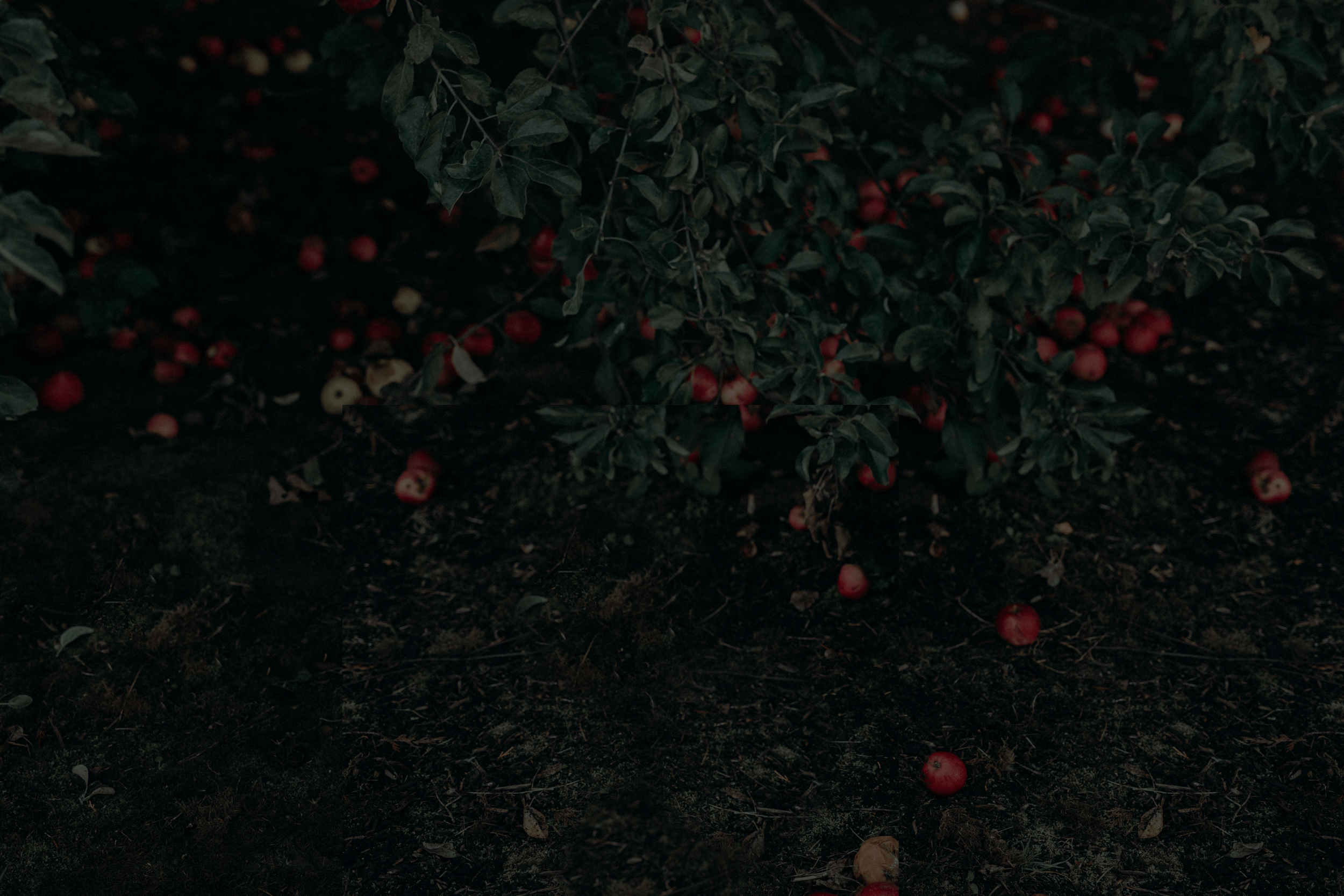
Reclaiming our heritage & training young scientists
Here’s how we do it
Map the remaining apple trees
We want to understand the natural and cultural history of apple varieties in Boulder and the surrounding area. If you have an apple/crabapple tree in your yard or know of one on public property, please consider submitting information about this tree. If the tree is on private land, please consider giving permission for a project team member to come take visual observations, photos, and a leaf sample of this tree.
classify varietals using DNA sequencing
We collect leaf samples (and fruit, if possible) from each of the trees that we map. We are collecting data on the genetics, phenology, disease, and age of the trees. We are particularly interested in heirloom varieties of apples that were planted on Boulder's early homesteads. By knowing the historical varieties and their adaptability, we can hopefully inform a sustainable urban forestry landscape.
Clone selected specimens through grafting
Grafting is the process of joining two plants together to grow as one. We graft apple trees because the seeds of apples cannot reliably reproduce their parent’s varietal. Instead, we graft a branch of our desired tree onto a healthy rootstock.
growing the boulder apple community
We work with scientists and farmers. Cider makers and students. Apple historians, enthusiasts, and newcomers alike. Our goal is to use the Boulder Apple Tree Project to reimagine approaches to research, education, and our apple tree heritage.
